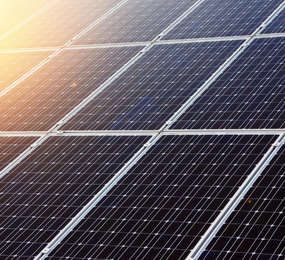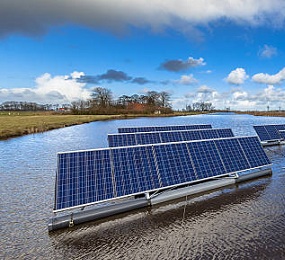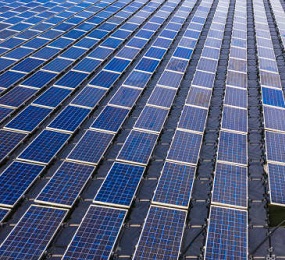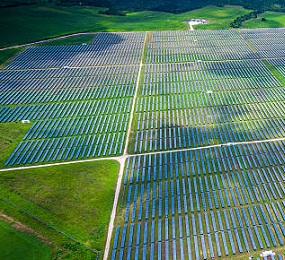Floating solar installations have emerged as a promising renewable energy solution, harnessing the power of the sun to generate electricity while floating on water bodies. Beyond their energy-generating capabilities, understanding the carbon footprint of floating solar is essential for evaluating its overall environmental impact and sustainability.
The carbon footprint of floating solar is significantly lower compared to conventional fossil fuel-based energy sources. By displacing electricity generated from coal, natural gas, or oil-fired power plants, floating solar installations help reduce greenhouse gas emissions, mitigating the effects of climate change. A comprehensive analysis of the carbon footprint of floating solar takes into account the emissions associated with the manufacturing, transportation, installation, operation, and decommissioning of the solar panels and supporting infrastructure.
A lifecycle assessment (LCA) provides a holistic view of the environmental impact of floating solar installations. It considers factors such as energy consumption, resource utilization, emissions, and waste generation throughout the entire lifecycle of the project. LCAs reveal that floating solar has a minimal environmental footprint compared to conventional energy sources, with lower carbon emissions and reduced resource depletion.
In addition to reducing greenhouse gas emissions, floating solar installations offer various environmental benefits. By covering water surfaces, floating solar panels reduce water evaporation, conserve aquatic ecosystems, and improve water quality. They also provide shading, creating habitats for aquatic organisms and mitigating the effects of climate change on water bodies.
As the world seeks sustainable energy solutions to combat climate change, floating solar emerges as a key player in the transition to a low-carbon future. By analyzing its carbon footprint and environmental impact, we can better understand the role of floating solar in reducing greenhouse gas emissions and fostering a more sustainable energy landscape.
A comprehensive analysis of the carbon footprint of floating solar underscores its potential to contribute to climate change mitigation efforts. By embracing floating solar as a renewable energy solution, we can shrink our environmental footprints and pave the way for a cleaner, greener, and more sustainable future.
To register or learn more about the Forum please check here: https://bit.ly/46Vw6nm
For more information and group participation, contact us: [email protected]
















